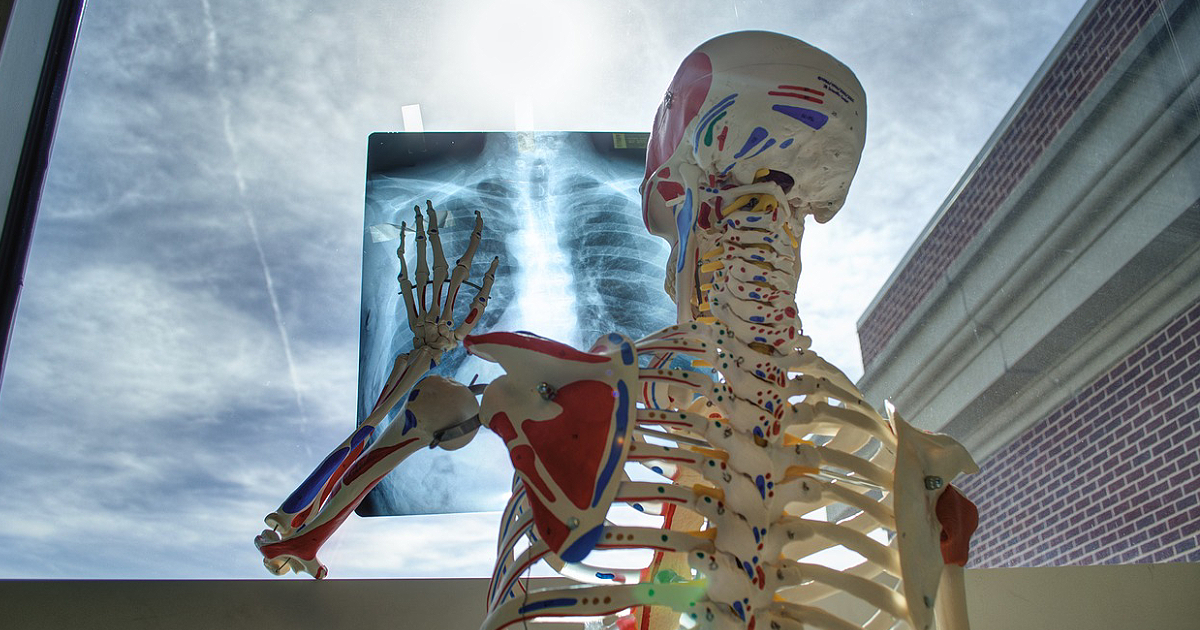 By LDE Science Correspondent Bill Murphy © 2012
By LDE Science Correspondent Bill Murphy © 2012
ScienceDaily (July 27, 2012) — Studies of lucid dreamers show which centers of the brain become active when we become aware of ourselves in dreams.
Which areas of the brain help us to perceive our world in a self-reflective manner is difficult to measure. During wakefulness, we are always conscious of ourselves. In sleep, however, we are not. Lucid dreamers can become aware of dreaming during sleep and studies employing magnetic resonance tomography (MRT) have now been able to demonstrate that a specific cortical network consisting of the right dorsolateral prefrontal cortex, the frontopolar regions and the precuneus is activated when this lucid consciousness is attained.
All of these regions are associated with self-reflective functions.
This research into lucid dreaming gives the authors of the latest study insight into the neural basis of human consciousness.
The human capacity of self-perception, self-reflection and consciousness development are among the unsolved mysteries of neuroscience. Despite modern imaging techniques, it is still impossible to fully visualize what goes on in the brain when people move to consciousness from an unconscious state as it is difficult to watch our brain during this transitional change.
Scientists from the Max Planck Institutes of Psychiatry in Munich and for Human Cognitive and Brain Sciences in Leipzig and from Charité in Berlin have now studied people who are aware that they are dreaming while being in a dream state, and are also able to deliberately control their dreams.
Lucid dreamers have access to their memories during lucid dreaming, can perform actions and are aware of themselves – although remaining unmistakably in a dream state and not waking up. As author Martin Dresler explains, ‘In a normal dream, we have a very basal consciousness, we experience perceptions and emotions but we are not aware that we are only dreaming. It‘s only in a lucid dream that the dreamer gets a metainsight into his or her state.’
By comparing the activity of the brain during one of these lucid periods with the activity measured immediately before in a normal dream, the scientists were able to identify the characteristic brain activities of lucid awareness.
‘The general basic activity of the brain is similar in a normal dream and in a lucid dream,’ says Michael Czisch, head of a research group at the Max Planck Institute of Psychiatry. ‘In a lucid state, however, the activity in certain areas of the cerebral cortex increases markedly within seconds.
The involved areas of the cerebral cortex are the right dorsolateral prefrontal cortex, to which commonly the function of self-assessment is attributed, and the frontopolar regions, which are responsible for evaluating our own thoughts and feelings.
The precuneus is also especially active, a part of the brain that has long been linked with self-perception.’ The findings confirm earlier studies and have made the neural networks of a conscious mental state visible for the first time.
Source: Max-Planck-Gesellschaft (2012, July 27). Lucid dreamers help scientists locate the seat of meta-consciousness in the brain. ScienceDaily.
The areas indicated in colors (non-grey) expressed using a scale of T-Values (“T” stands for “Tesla” and is the unit of measurement of the electromagnetic field employed in an echo system used to obtain high resolution images of internal organic structures) are interpreted as follows:
In lucid dreams, mental images of controlling and performing a task increases neural activity in specific regions of the brain, expressed through an increase of metabolic (cerebral metabolic rate of oxygen) and vascular responses (cerebral blood flow and volume). Although the specific association between these factors are still being studied, it is widely accepted that these factors are indication of active brain function. The previous identification of the areas of the brain responsible for self-perception that we now know are active during lucid dreams sheds light on the neural activity that takes place while in a dream state under the control of a subject.






